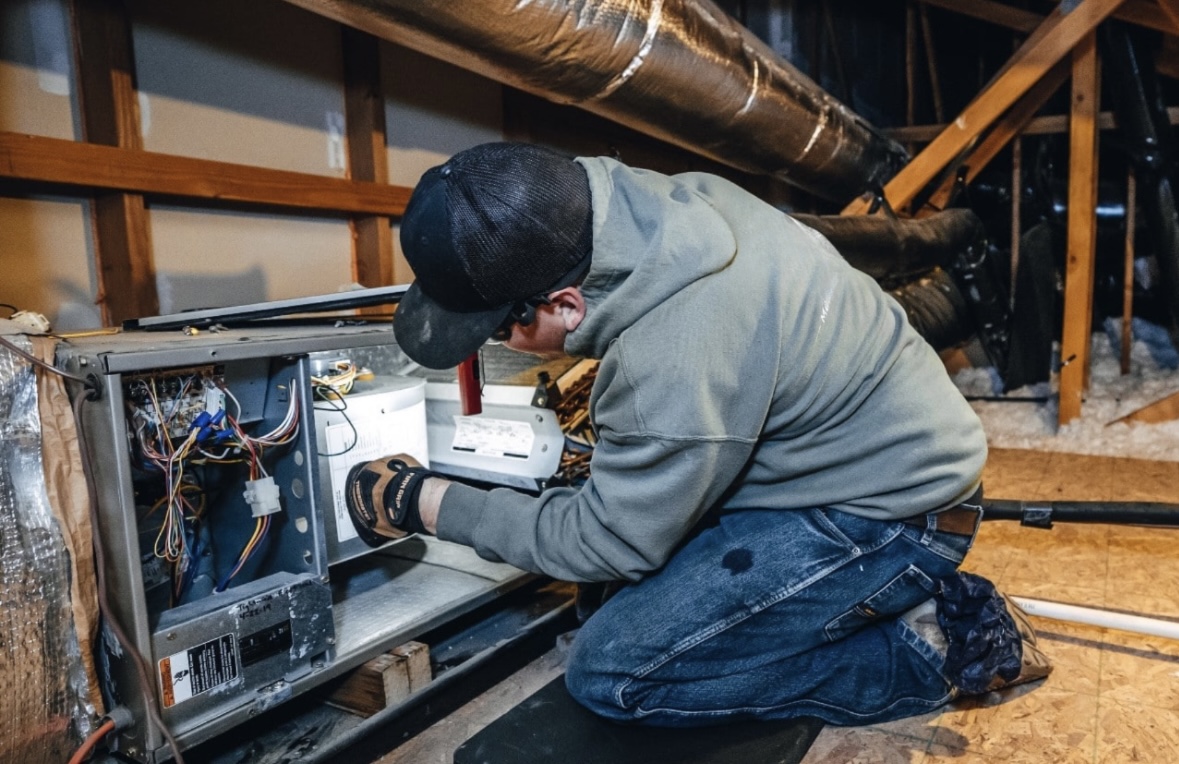In today’s fast-paced technological world, trade schools must equip students with practical skills that align with industry demands. At Associated Builders & Contractors Inc., we recognize the importance of integrating modern tools like arduino into educational curricula. Arduino, a versatile open-source electronics platform, offers countless innovative applications that can transform trade school learning experiences. This article explores how Arduino can be effectively used in trade schools, enhancing both teaching methods and student engagement.
Understanding Arduino and Its Relevance to Trade Schools
Arduino is a microcontroller-based platform that allows users to create interactive electronic projects. Its ease of use and affordability make it an ideal tool for hands-on learning environments. For trade schools, which focus on developing skilled technicians and craftsmen, Arduino bridges the gap between theoretical knowledge and real-world applications.
What Makes Arduino Ideal for Trade Schools?
- Cost-Effective Learning: Arduino boards and components are affordable, making them accessible for schools with limited budgets.
- Hands-On Experience: Students gain practical skills by building and programming projects.
- Wide Range of Applications: Arduino can be used across various trades, from electrical engineering to HVAC and robotics.
- Community and Resources: A large online community and extensive documentation support both teachers and students.
Practical Arduino Applications in Trade School Curriculums
Integrating Arduino into trade school programs can revolutionize how students learn technical subjects. Here are some innovative applications:
Electrical and Electronics Training
Arduino helps students understand circuit design, sensor integration, and automation. By working on Arduino projects, students learn to troubleshoot real-world electrical systems, enhancing their problem-solving skills.
HVAC Systems and Automation
Trade schools can use Arduino to demonstrate the principles of HVAC controls. Students can create models that simulate temperature regulation, fan control, and energy efficiency systems, providing valuable insight into modern HVAC technology.
Robotics and Mechatronics
Arduino-based robotics projects enable students to explore mechanical design and control systems. Programming an Arduino to control motors and sensors introduces learners to the fundamentals of automation and robotics used in industry.
Plumbing and Water Management Systems
Arduino sensors can monitor water flow, detect leaks, and automate water pumps. These projects teach students about smart plumbing systems, combining traditional skills with new technology.
Benefits of Using Arduino in Trade Schools
Integrating Arduino into trade school education provides numerous benefits that extend beyond technical knowledge.
Enhanced Student Engagement
Arduino projects are interactive and fun, which increases student motivation. When students see the immediate impact of their work, they develop a stronger interest in their trade.
Improved Critical Thinking and Creativity
Working with Arduino encourages students to think critically and creatively. Designing projects from scratch fosters innovation and practical problem-solving skills.
Preparation for Industry 4.0
As industries adopt automation and smart technologies, knowledge of platforms like Arduino becomes essential. Trade schools using Arduino prepare students for the evolving demands of the workforce.
Collaboration and Teamwork
Many Arduino projects require group work, promoting collaboration skills. These soft skills are invaluable in real-world job settings.
Best Practices for Implementing Arduino in Trade Schools
To maximize the benefits of Arduino, trade schools should adopt best practices in curriculum design and instruction.
Start with Fundamentals
Introduce students to basic electronics and programming concepts before advancing to complex projects. This ensures a solid foundation.
Use Real-World Examples
Incorporate projects that mimic industry applications relevant to the trade. This relevance enhances learning outcomes.
Provide Ongoing Support
Encourage collaboration and provide resources such as tutorials, forums, and expert guidance.
Assess Progress through Projects
Evaluate student learning by assessing completed Arduino projects, focusing on creativity, functionality, and problem-solving.
Conclusion
Arduino offers a powerful platform for innovation in trade school education. By integrating Arduino applications into curriculums, trade schools can provide students with practical skills, increase engagement, and prepare them for the modern workforce. At Associated Builders & Contractors Inc., we believe that embracing Arduino technology is essential for fostering the next generation of skilled professionals. Implementing Arduino not only enhances learning but also equips students with the tools to succeed in today’s rapidly evolving technical landscape.










Leave a Reply